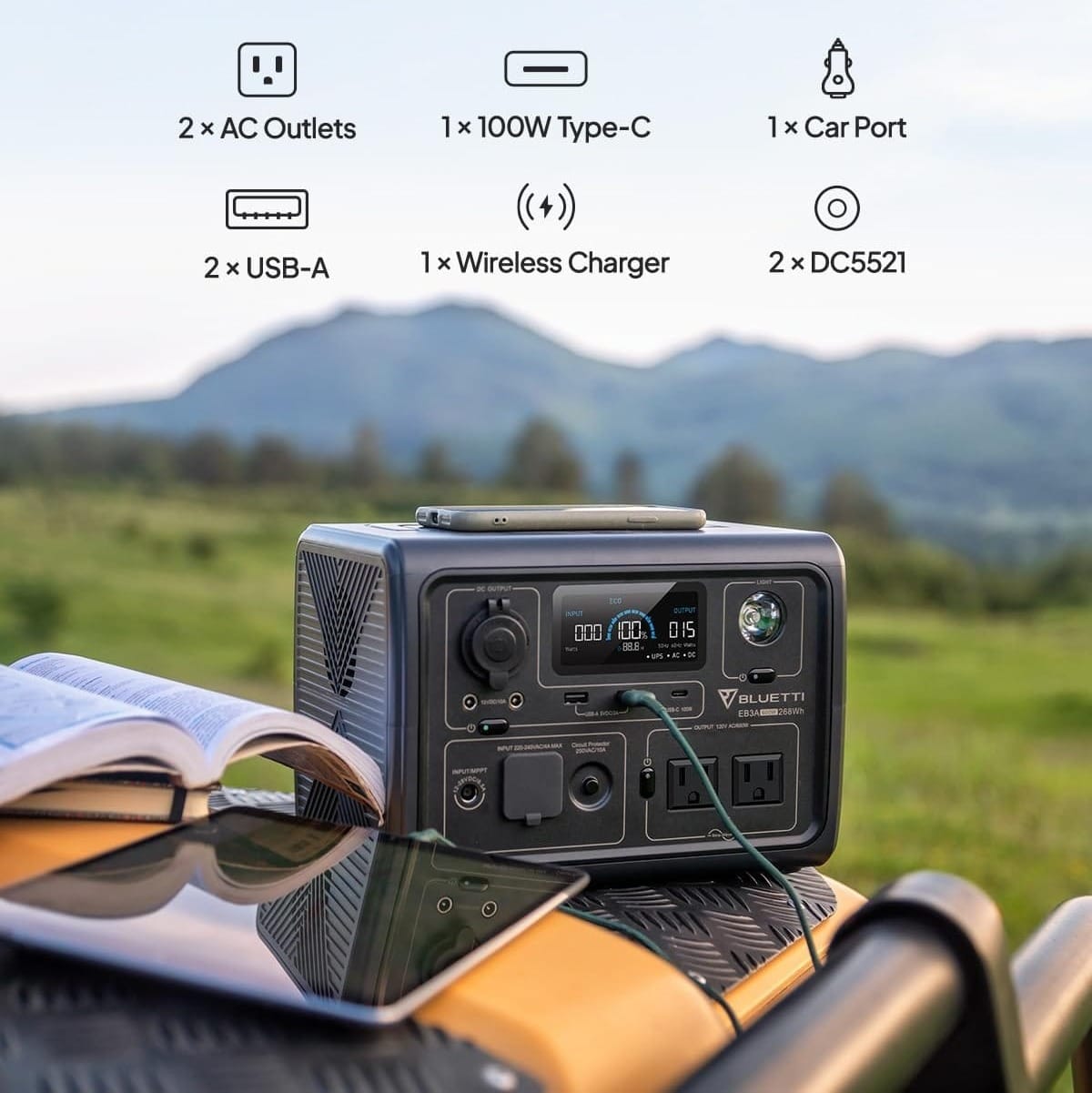Key Takeaways:
- Portable power stations can power an AC, but it depends on the power station's capacity and the AC's requirements.
- Understanding wattage and battery life is crucial for efficient use.
- Consider the environmental and economic benefits of using portable power stations.
Introduction to Portable Power Stations
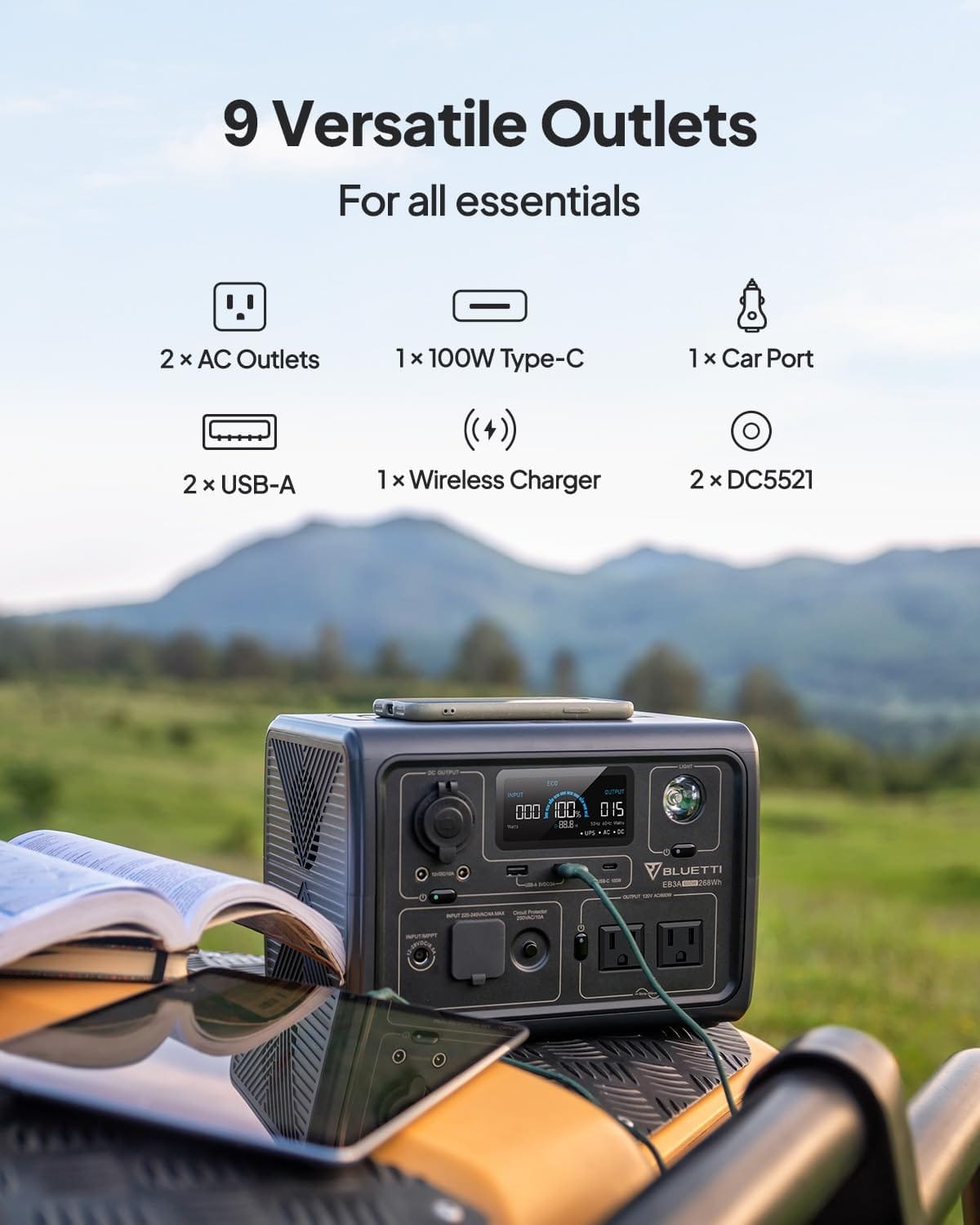
Portable power stations have become the Swiss Army knives of modern energy solutions. These compact devices are designed to provide electricity on the go, making them indispensable for camping trips, outdoor events, and emergency situations. But can they handle the hefty demands of an air conditioner? Let's dive into the nuts and bolts of this question.
Portable power stations are essentially large batteries with multiple outlets. They can power a variety of devices, from smartphones to refrigerators. However, the ability to run an air conditioner depends on several factors, including the power station's capacity and the AC unit's power requirements.
Understanding Wattage and Power Requirements
When considering whether a portable power station can run an AC, wattage is the name of the game. Air conditioners typically require a significant amount of power, especially during startup. This initial surge can be a stumbling block for many portable power stations.
For instance, a small window AC unit might require around 500 to 1500 watts to start and about 500 watts to run continuously. Therefore, a power station with a capacity of at least 1500 watts is necessary to handle the initial surge and maintain operation.
Battery Capacity and Runtime
Battery capacity, measured in watt-hours (Wh), determines how long a portable power station can run an AC. A power station with a capacity of 1000 Wh can theoretically run a 500-watt AC unit for about two hours. However, real-world conditions such as efficiency losses and additional device usage can reduce this time.
It's essential to calculate your power needs accurately. If you're planning to use the power station for extended periods, consider investing in a model with a higher capacity or one that supports solar panel charging to extend its runtime.
Types of Air Conditioners and Their Power Needs
Air conditioners come in various shapes and sizes, each with different power requirements. Portable AC units, window units, and central air systems all have unique demands. Portable AC units are generally more compatible with power stations due to their lower power consumption.
For example, a portable AC unit might require 1000 watts to start and 500 watts to run, making it a feasible option for many power stations. In contrast, central air systems often require several thousand watts, making them impractical for portable power stations.
Choosing the Right Portable Power Station
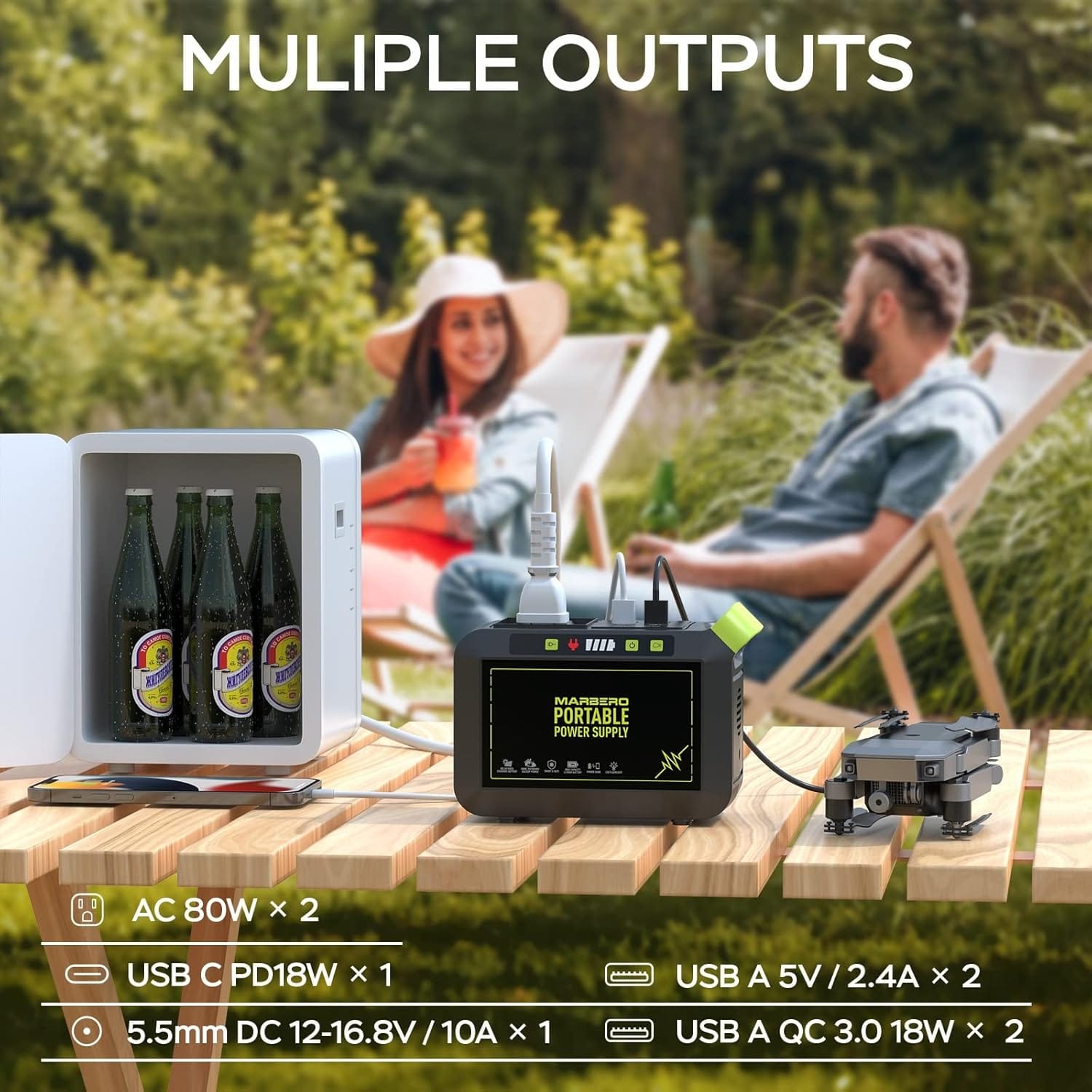
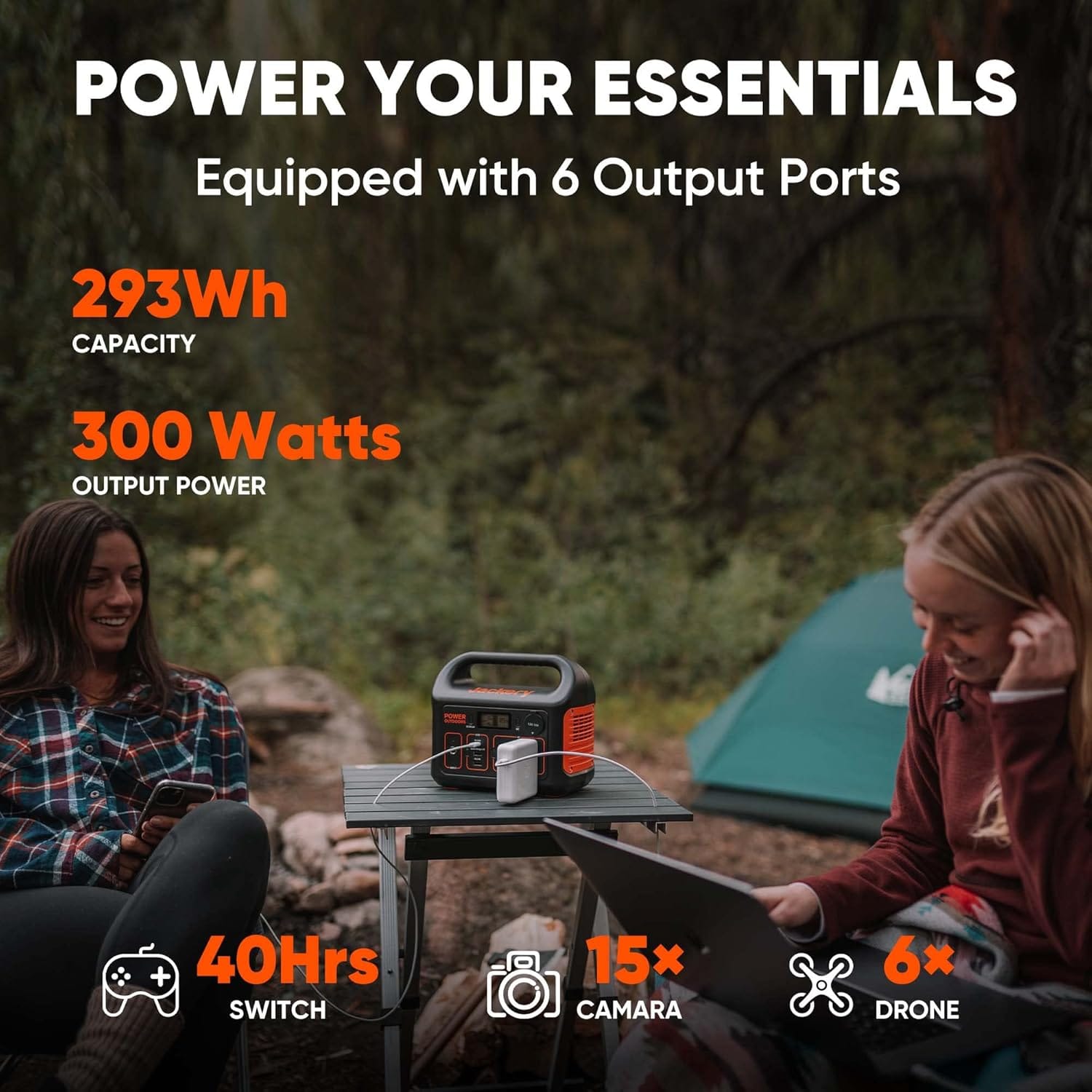

Selecting the right portable power station involves balancing power needs, budget, and portability. Look for models with high wattage output and substantial battery capacity. Brands like Jackery, Goal Zero, and EcoFlow offer a range of options that cater to different needs.
Consider additional features such as multiple outlet types, solar charging capabilities, and user-friendly interfaces. These features can enhance the usability and versatility of your power station, making it a more valuable investment.
Environmental and Economic Benefits
Using a portable power station to run an AC can offer environmental and economic advantages. These devices often use lithium-ion batteries, which are more environmentally friendly than traditional generators. Additionally, they produce no emissions, making them ideal for eco-conscious users.
Economically, portable power stations can reduce reliance on grid electricity, potentially lowering energy bills. They also provide a backup power source during outages, preventing costly disruptions.
Real-World Examples and Case Studies
Consider the case of a family using a portable power station during a camping trip. They successfully powered a small portable AC unit, keeping their tent cool during a hot summer night. This scenario highlights the practical benefits of portable power stations in real-world settings.
Another example is a homeowner using a power station during a blackout. By connecting a window AC unit, they maintained comfort without relying on noisy, fuel-dependent generators. These examples underscore the versatility and convenience of portable power stations.
Safety Considerations
Safety should always be a priority when using portable power stations. Ensure that the power station is compatible with your AC unit's power requirements to prevent overloading. Overloading can damage both the power station and the AC unit, posing safety risks.
Additionally, follow the manufacturer's guidelines for charging and usage. Avoid exposing the power station to extreme temperatures or moisture, as these conditions can affect performance and safety.
Maintenance and Longevity
Proper maintenance can extend the lifespan of your portable power station. Regularly check for signs of wear and tear, and keep the device clean and dry. Store it in a cool, dry place when not in use to prevent battery degradation.
Consider investing in a model with replaceable batteries. This feature can significantly extend the device's lifespan, providing long-term value for your investment.
Cost Considerations
The cost of portable power stations varies widely, depending on capacity and features. Entry-level models may cost a few hundred dollars, while high-capacity units can exceed a thousand dollars. Weigh the cost against your power needs and usage frequency to determine the best option for your budget.
Remember that while the initial investment may be significant, the long-term savings on energy bills and the convenience of having a portable power source can justify the expense.
Comparing Portable Power Stations and Generators
Portable power stations and generators serve similar purposes but have distinct differences. Generators typically offer higher power output but are noisier and require fuel. In contrast, power stations are quieter, more environmentally friendly, and easier to use.
For running an AC, a generator might be more suitable for high-power needs, while a power station is ideal for smaller, more efficient units. Consider your specific requirements and preferences when choosing between the two.
Innovations in Portable Power Technology
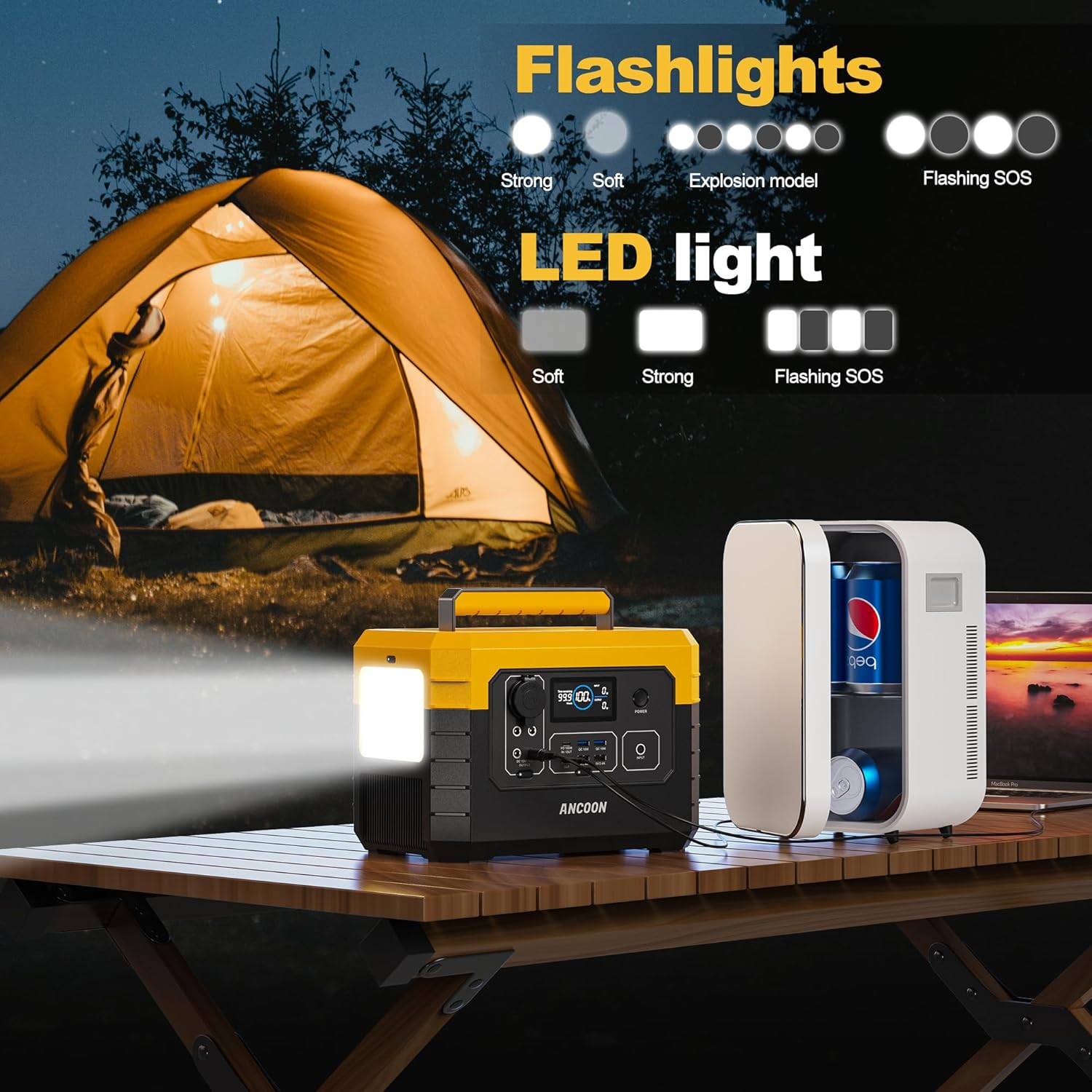
The field of portable power is rapidly advancing, with new technologies enhancing efficiency and usability. Innovations such as solid-state batteries and improved solar charging capabilities are making power stations more versatile and reliable.
These advancements are expanding the range of devices that portable power stations can support, including more demanding appliances like air conditioners. Staying informed about these developments can help you make the most of your investment.
User Experiences and Reviews
User reviews can provide valuable insights into the performance and reliability of portable power stations. Look for reviews that discuss real-world usage scenarios, particularly those involving air conditioners. These reviews can help you gauge the suitability of a power station for your needs.
Consider joining online forums or communities where users share their experiences and tips. These platforms can be a goldmine of information, helping you make informed decisions.
Future Trends in Portable Power
The future of portable power is bright, with trends pointing towards increased efficiency and sustainability. As technology advances, we can expect power stations to become more powerful, compact, and affordable.
These trends will likely expand the range of applications for portable power stations, making them even more integral to our daily lives. Staying abreast of these trends can help you anticipate future needs and opportunities.
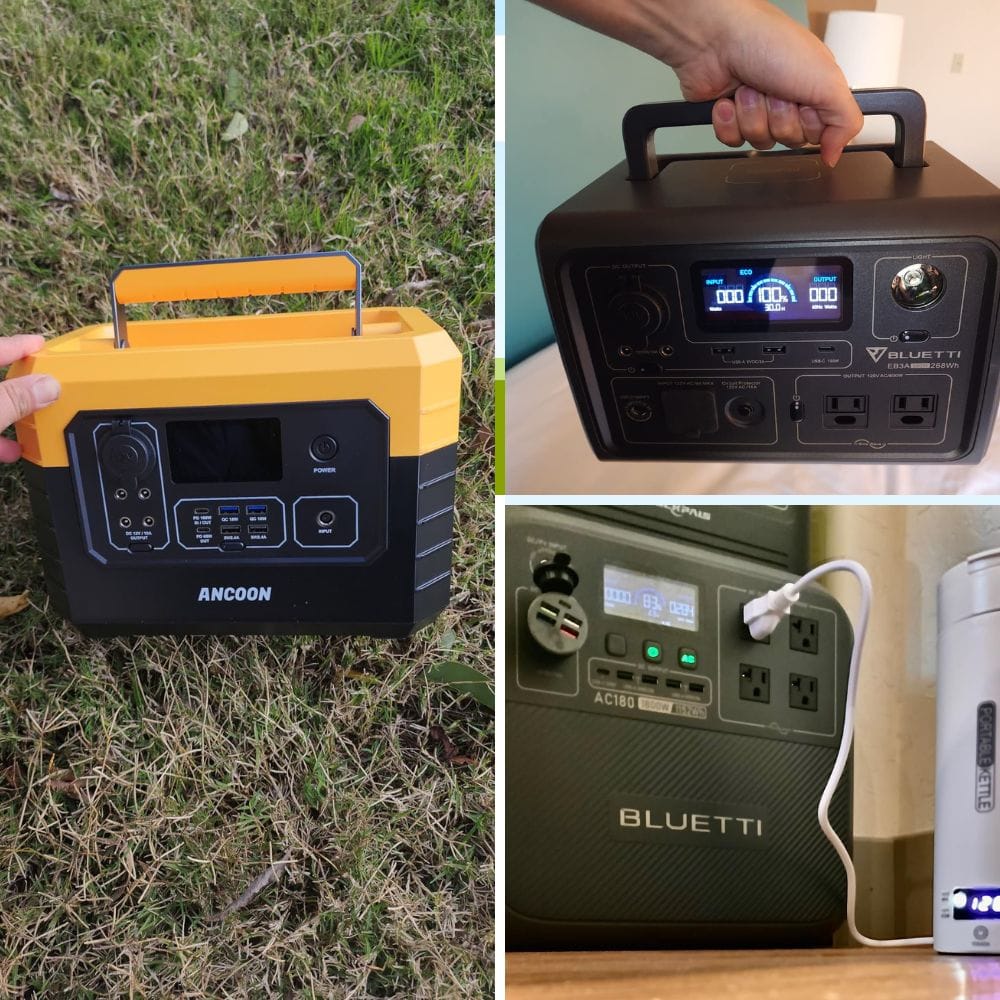

Can all portable power stations run an air conditioner?
Not all portable power stations can run an air conditioner. It depends on the power station's wattage capacity and the AC unit's power requirements. Ensure the power station can handle the initial surge and continuous power needs of your AC.
How long can a portable power station run an AC unit?
The runtime depends on the power station's battery capacity and the AC unit's power consumption. For example, a 1000Wh power station can run a 500-watt AC unit for about two hours, but this can vary based on efficiency and additional usage.
Are portable power stations environmentally friendly?
Yes, portable power stations are generally more environmentally friendly than traditional generators. They use lithium-ion batteries, produce no emissions, and can be charged using renewable energy sources like solar panels.

Portable power stations offer a flexible and eco-friendly solution for powering air conditioners, provided the power requirements align. By understanding wattage, battery capacity, and the specific needs of your AC unit, you can effectively use a power station to maintain comfort and convenience. With ongoing advancements in technology, these devices are set to become even more versatile and accessible.
